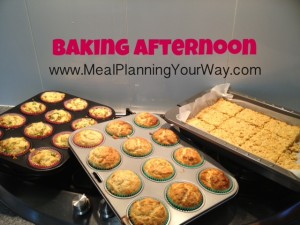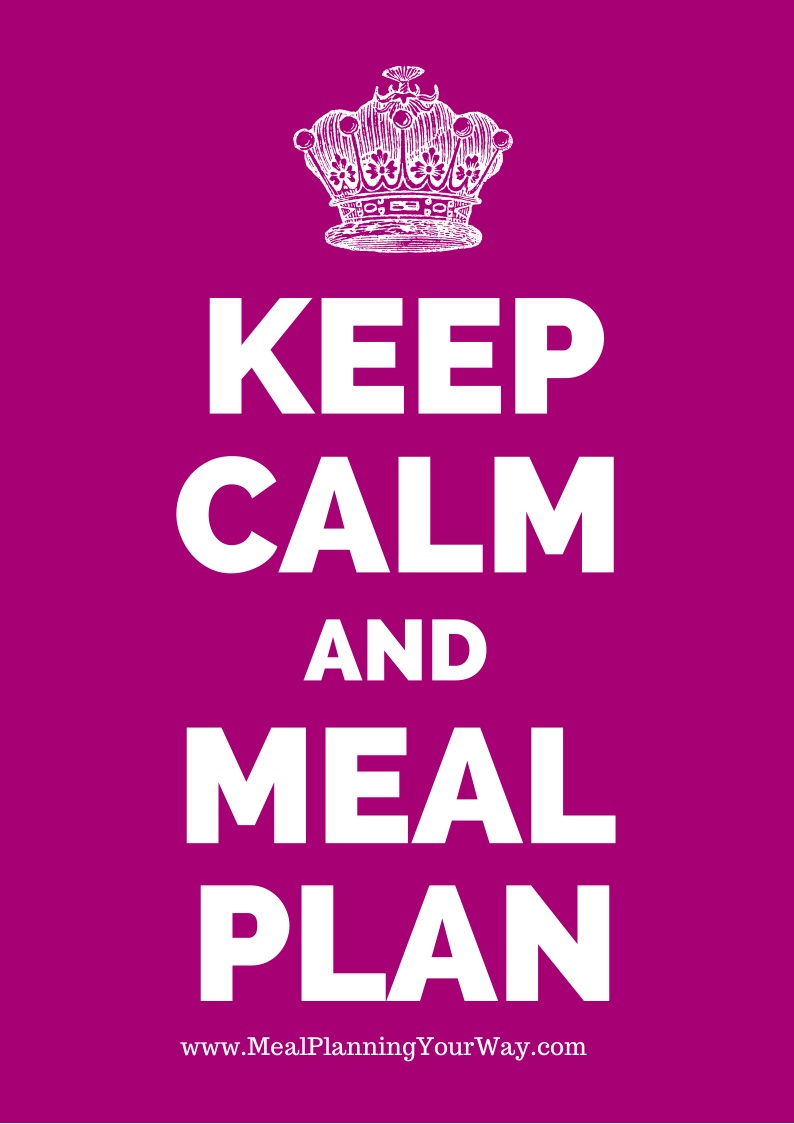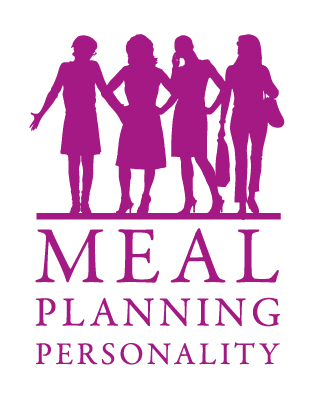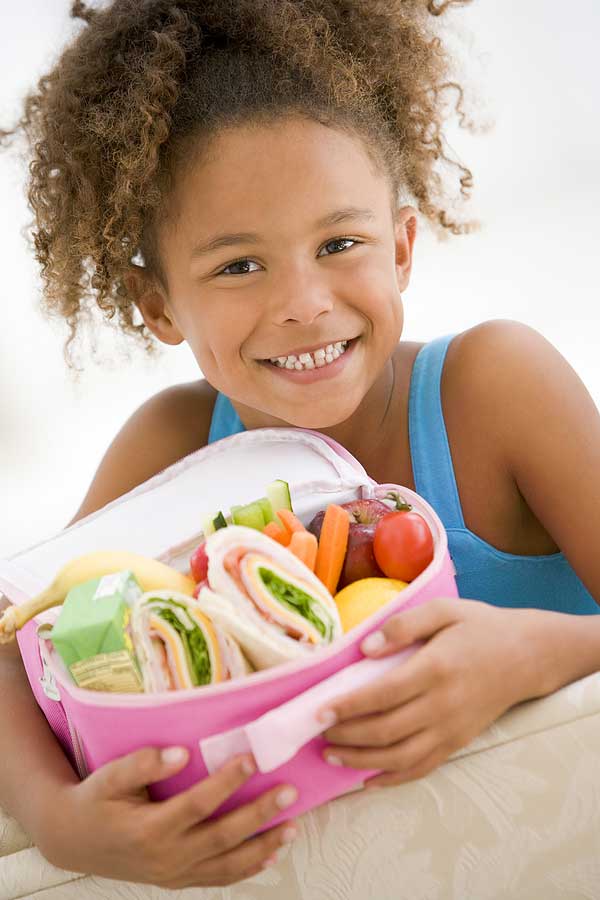 So you need to pack a stack of lunches this year right? Well below we’re sharing our lunchbox formula to inspire you when you’re chatting with the kids.
So you need to pack a stack of lunches this year right? Well below we’re sharing our lunchbox formula to inspire you when you’re chatting with the kids.
Research shows if you want kids to EAT what’s IN the lunch box – you gotta involve them in MAKING it and PACKING it. Remember you’re teaching awesome life skills – being organised for healthy eating!!!!
Lunchbox forumla
There are 5 elements to consider:
- What FRUIT AND VEGETABLES can you add?
- What CALCIUM foods is in the box – dairy or non dairy.
- What PROTEIN can they eat – think vegetarian options as well
- What CARBS can they eat?
- The LABELS!
Fruit and Vegetables (for a strong immune and digestive system with vitamins, minerals and fibre)
- Go for variety and lots of different colours! If age appropriate – cut into interesting shapes with biscuit/ cookie cutters, or just cut an apple in half horizontally to reveal a star!
- If you have dried fruit – always choose organic sulphur free dried fruits (avoid additive 220 Sulphur dioxide) especially important for children with a history of asthma and skin issues.
- Add vegetables in lunch boxes by sneaking vegetables into home made Cornish pasties/ sausage rolls (vegetables in the filling and make potato pastry. If you use store bought pastry just choose “butter” puff pastry as it usually has a really simple ingredient list with no nasties.)
- Roast vegetable frittatas (made in muffin pans), cold oven baked spring rolls (filled with cabbage salad and rice noodles )
- Use cauliflower to make gluten free, grain free pizza bases or ‘rice’
- Include avocado, home made hummus, or baba ghanoush (roasted eggplant dip).
- Avoid fruit drinks/ juices with artifical colours or presevatives. There were six artificial colours and one preservative that were identified in a UK government funded study to be linked to hyperactivity in children: 102 (Tartrazine), 104 (Quinoline Yellow), 110 (Sunset Yellow FCF), 122 (Azorubine or Carmosine), 124 (Ponceau 4R), 129 (Allura Red AC), and 211 (Sodium Benzoate).
- Go for 100% juices instead!
Calcium (for strong bones)
- If the kids have enough for breakfast, after school and dinner rest easy!
- If dairy is ok try yoghurt and cheese in the lunchbox, e.g. cheese and spinach triangles
- If using store bought options watch out for additives: natural colour 160b (annatto), vegetable gum 407 (carrageenan), artificial sweeteners.
Protein (for repair and growth and feeling fuller for longer)
- Instead of processed varieties make your own protein fillings with slow cooker roast meat, cooked chicken, minute steaks (cooked the night before)
- cold shepherd’s pie, corn and tuna pie, Lamb cutlets.
- whole boiled eggs, omelette, quiches, frittata’s (e.g. sweet potato),
- vegetable fritters (e.g. corn, zucchini, chickpea),
- vegetable slices (e.g. zucchini slice made with besan (chickpea) flour for extra protein),
- patties (e.g. chickpea patties, tuna, salmon),
- hummus
- tuna
Carbs (for energy)
- Don’t just interpret CARBS as a sandwich. Opt for nutrient dense options – remember vegetables have carbs too and are choc full of antioxidants! If the kids hate eating sandwiches but love eating whole cooked eggs, mini meatballs and vegetable fritters and they feel full – go with that – it is so much better than a plain sandwich as you can sneak more vegetables into a fritter or mini meatball! As long as they have interesting foods and they feel ok that’s all that matters. You can make it a minor component – with the main focus on protein and vegetables.
- If they feel better with some carbs try making Pizza, Savoury Muffins, Sweet muffins, sushi, or salads made from leftover pasta/ rice/ quinoa/ couscous or starchy vegetables into a salad with vegetables such as corn kernels, cherry tomatoes, baby spinach and shallots.
- Savoury or plain pikelets can be make ahead and frozen in a single layer in a ziplock bag. Take them out of the freezer put on spreads (optional), wrap, then they will defrost in time for morning tea.
- If using store bought options (e.g. bread, wraps or crackers) be sure to watch out for propionate preservatives (in particular 282 calcium propionate), artificial colours, natural colour 160b (annatto), synthetic antioxidants 320, flavour enhancers.
Always check the labels!
Come to one of our food additive talks (see upcoming talks for dates near you), grab a copy of the Australian best seller by Julie Eady – Additive Alert, and in the meantime click to find out the list of Food Additives to avoid.
Don’t forget to check out our first article in the Back to School Series: Grab your FREE lunchbox planner template: Click here for the tips
Now, I would love to hear from you! In the comments below, tell me what are your best lunchbox options?
If you’ve found this article of interest, please share it with your friends! I really do appreciate you taking the time to read and share ![]()











This is terrific, Louise! So glad to have stumbled upon it.
Would love your recipe for vegetable fritters. Looking forward to reading more of your blog!
Best,
Gillian
Hi Gillian
Thanks so much for your feedback! These corn fritters recipes are super easy – you can use either 2 cobs of fresh corn or canned corn.
https://www.mealplanningyourway.com/2013/03/06/whats-for-dinner-corn-fritters/
Let me know how you go!
Louise 😉
Comments on this entry are closed.
{ 1 trackback }